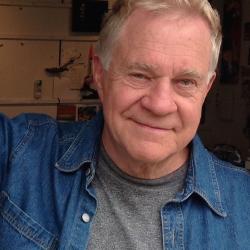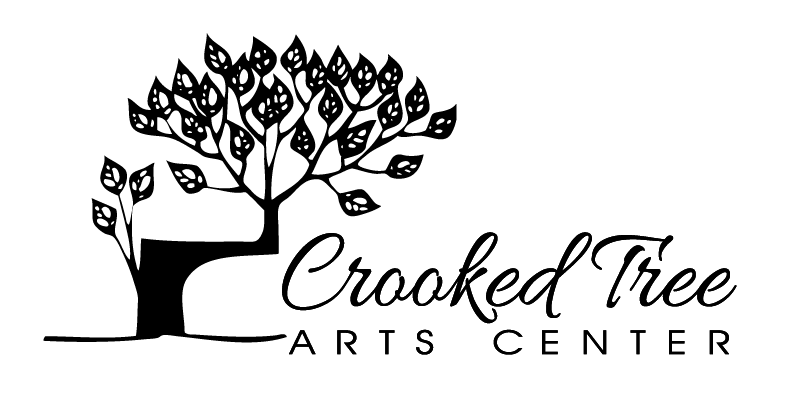Robert Burridge

I paint everyday, standing (and dancing) and use my custom-designed, extra long brushes. This keeps my painting loose and juicy. Hey, it works for me. Enjoy the art.
Why is Making Art Important to Me?
I've always felt making art was something I just had to do. It came out of me easier than any other skill I had or wanted to learn. It always felt natural for me to draw and make things, doing things with my hands. Crafts and models as a child, doing magic tricks as a teenager and inventing new products as a corporate designer. The underlying and connecting thread to all this was my "life long" preoccupation with making things better. It's important to me because it has always been there with me-- making art. I don't know when I was never curious about looking for something new. I always felt safe to play with new ideas and was always encouraged by my parents. (96 years old today) I was the middle child of 5 boys so I suspect I was an overachiever at getting some attention. "Hey look at me!" I think, deep down, all artists are saying the same thing... "Hey, look at me!"
Balancing a Real Job and Time to Make Art
As a full time painter I'm asked often about my other "real" job. They are often surprised when I tell them this IS my real job. I make art daily, the work sells, I get paid and then I pay my bills and taxes. This is my job and a business. (I dare say it's more of a real job than the elusive "real job" where you get your pay check regularly whether you've done a great job or not.)
In the beginning when I decided to put my focus on being a full-time painter, my "real" job for 25 years was as an industrial and graphic designer. I designed during the day, painted for myself on weekends, and took painting classes at night. (Even though I had been formally trained as a painter in college, I believe that on-going education is valuable)
It didn't take long for me to realize my painting time was engulfing my designing-for-clients time. I was feeling fragmented at first until I decided on the discipline of dividing my calendar into "designing days" and "painting days." A few months of this revealed that I was getting bored with designing and more excited about making paintings. Within a year with this balancing act. I still felt fragmented, unfocused, and out of integrity with what I professionally wanted to do... to just paint. For income, I did just enough design work to pay the bills and started to sell my paintings at weekend art festivals. Before long, painting sales were covering living expenses (barely). I started to see the possibilities of "actually making a living" as a painter. After much meditation, counseling, and talking to other festival artists, I announced that I was retired, sold off my designer equipment, and jumped into the fray of painting every day. I taught myself the technique of painting quickly. The thinking being, the faster I paint, the more paintings to sell, the quicker I get paid... that was 13 years ago. In spite of my current gallery success, I still paint feverously. My technique is to paint fast, furiously, spontaneously, and not cerebrally. The fast-drying and quick results I get with acrylics allow me to do this. This technique actually made me realize first hand, the more you paint, the better painter you become. However, I have been accused of using too many colors and too much paint!
As mentioned earlier, I use the same disciplines of organizations and management skills leftover from my corporate days. Only this time, I'm both the CEO and the worker bee.
